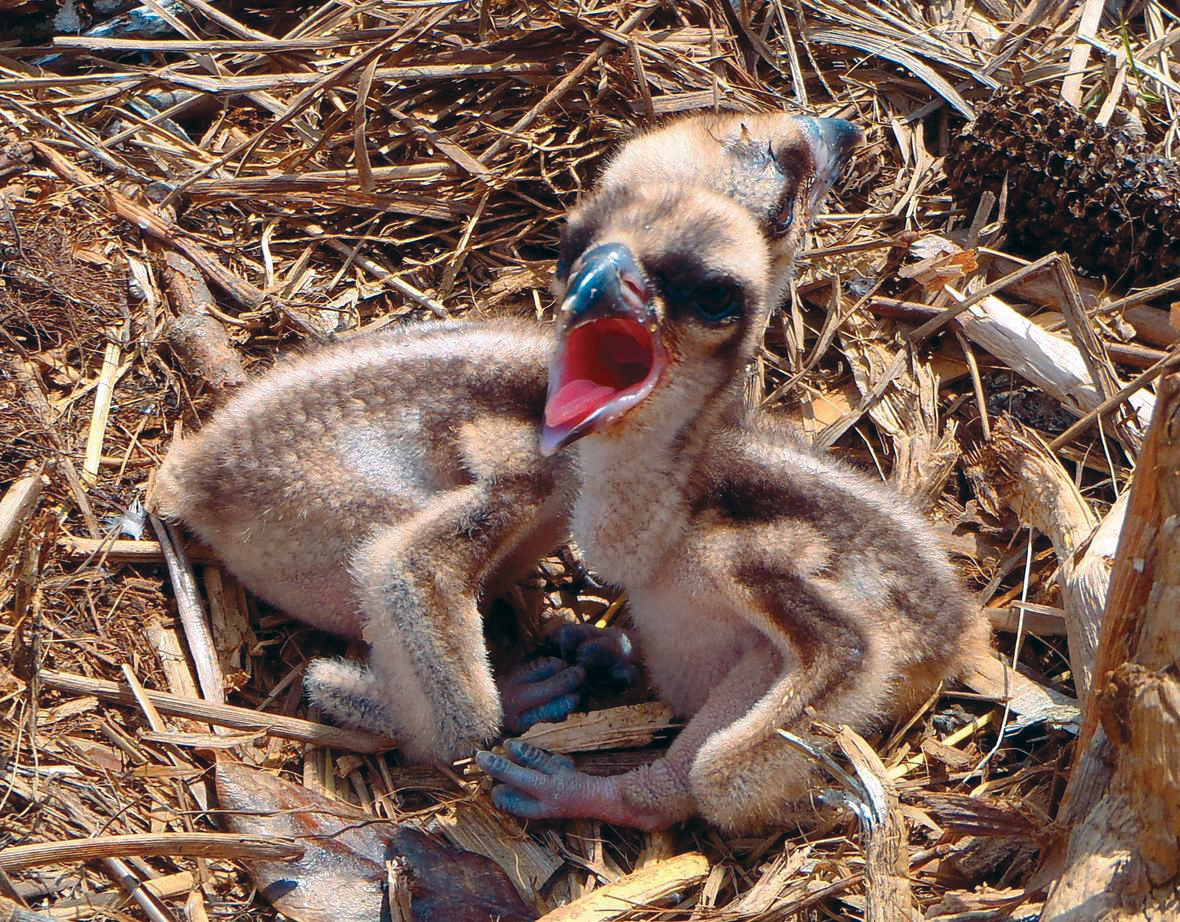 By Susan Ives
By Susan Ives
Responding to community concerns, the Sierra Club has joined with Environmental Action Committee, Point Blue Conservation Science, Marin Audubon, and Audubon Canyon Ranch to solve a problem that’s taking a toll on Bay Area birds. The groups have urged Marin County to adopt an ordinance that would afford more protection for birds and their habitats.
Such an ordinance would require that the County avoid outdoor maintenance — tree and brush removal — during peak nesting season, March 1 through August 1. Because some species, like hummingbirds, owls, jays, and towhees nest as early as mid-December, we recommended that the County take this into account when scheduling outdoor maintenance in order to minimize harm to these species as well. Exceptions would be allowed when trees or brush present an emergency or a hazard to humans.
The San Francisco Bay Area is on the Pacific Flyway, a virtual bird highway that extends from Alaska to Patagonia. Millions of migrating birds take to the flyway annually — heading north in spring and south in fall. Many species, including a number that are listed as rare and endangered, rest, feed and overwinter in Marin where food and nesting sites are plentiful. Birders flock to Marin in hopes of spotting some of the nearly 200 avian species that live in or overwinter in the county’s diverse landscapes.
The federal Migratory Bird Treaty Act and California law (Fish and Game Code Section 3503) ensure protection for birds found in Marin. However, there have been several documented incidents in which nests, eggs, or young have been displaced or destroyed by ill-timed tree cutting and vegetation removal. This points to the need for more education about the laws protecting birds among County workers, landscapers, arborists, and residents.
In a recent letter to the County Supervisors, the Sierra Club’s Marin Group recommends that the County adopt an ordinance, which we believe would be the most effective means to prevent harm to birds by raising awareness of the state and federal laws, accountability for avoidable risks to birdlife, and promoting wildlife-friendly practices.
To learn more, go to www.eacmarin.org/bird-protection.
Photo: Osprey chicks. PG&E workers destroyed an active osprey nest last year when they removed a tree near Inverness, California. Credit: USGS.gov.